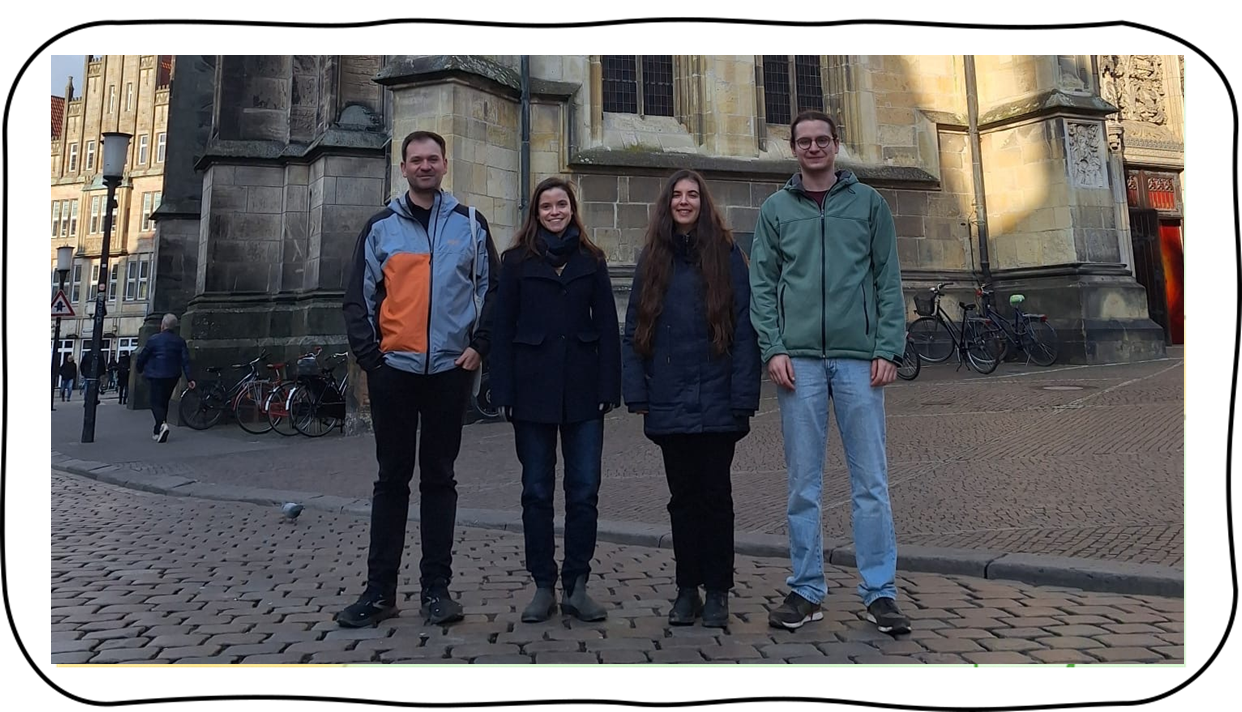
Dragos, Julianna, Viktoria and Johannes participated in this years KCT conference in Münster, where Julianna presented her work in a talk and Viktoria and Johannes in posters. We had a great time, getting inspired and connecting with other great scientists.










